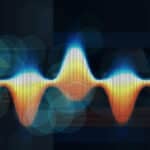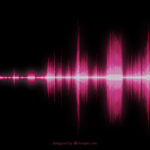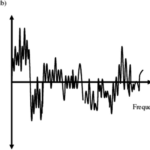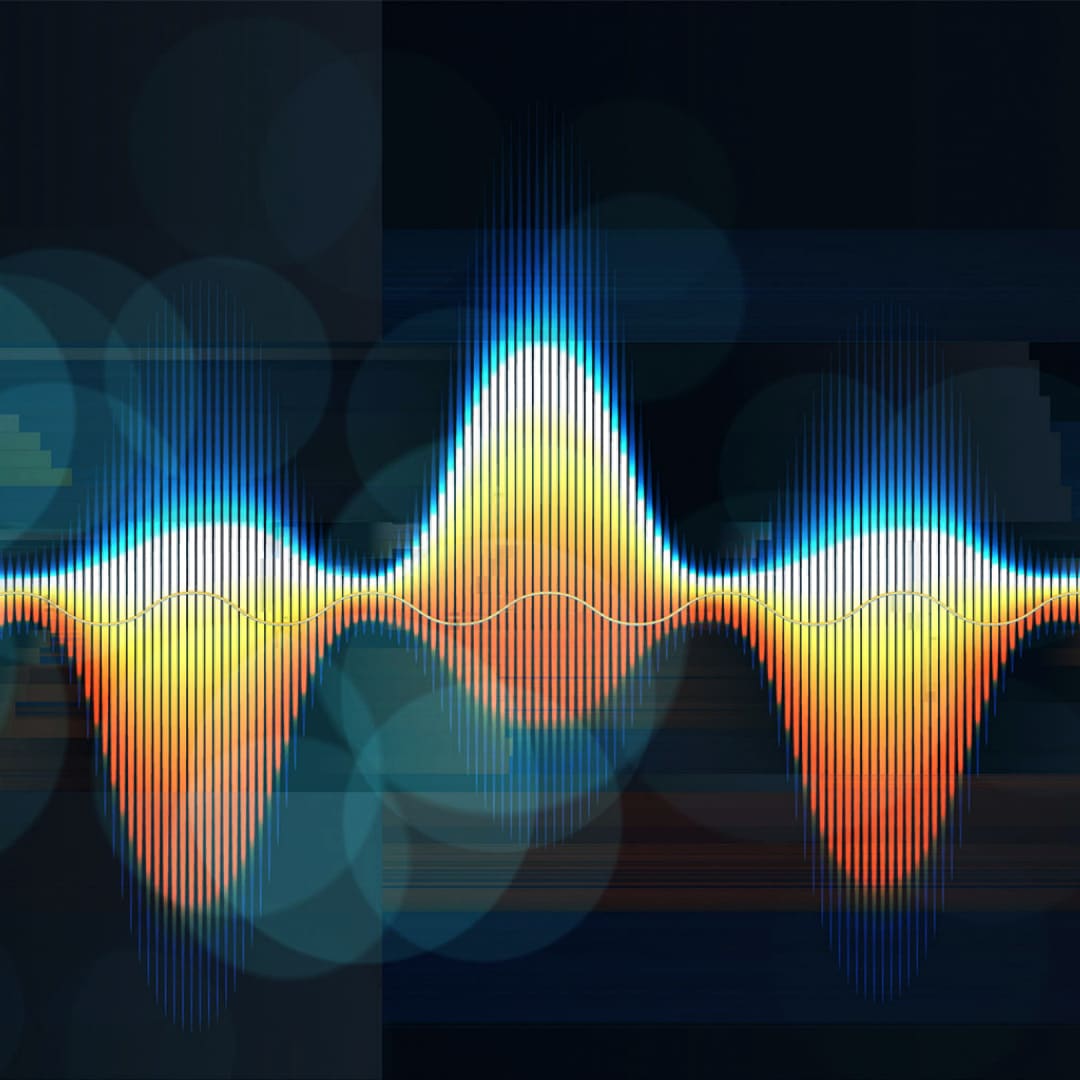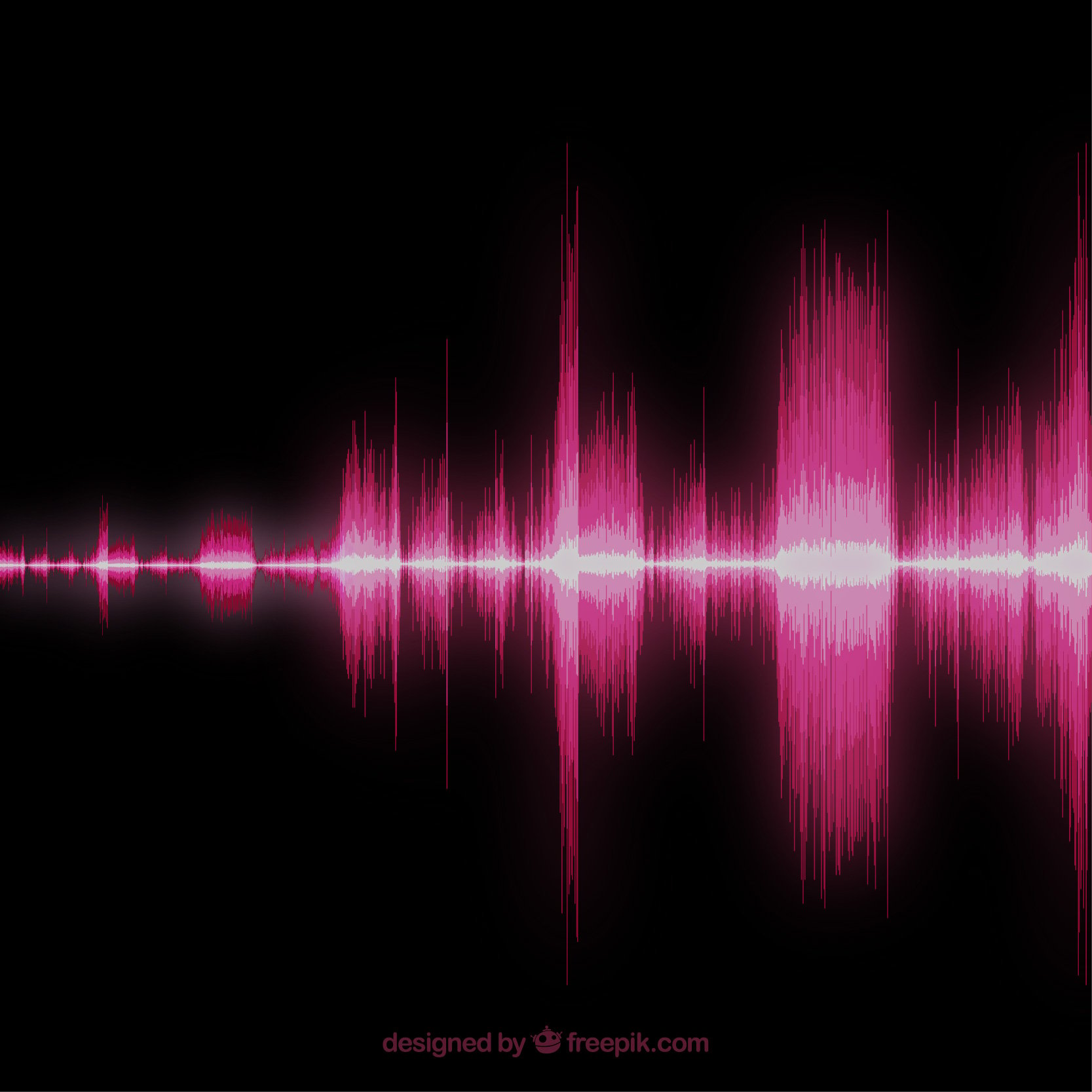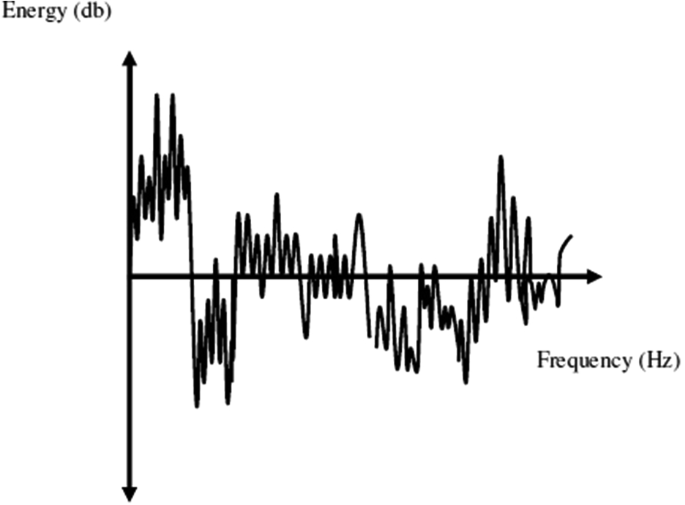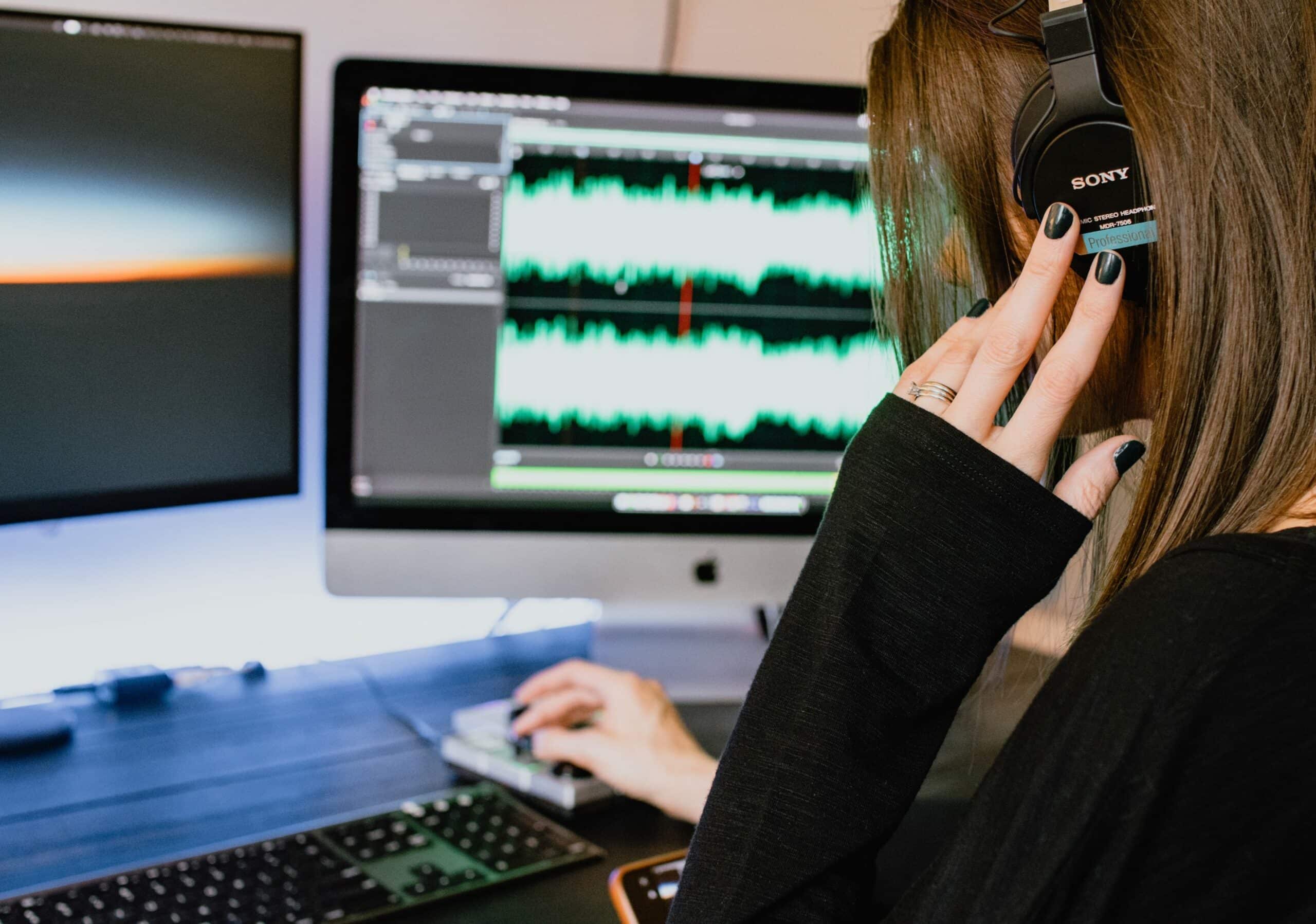Have you ever wondered how stories can be unlocked within the audio recordings of yesterday? How about the fascinating world of forensic audio enhancement services —using audio recordings to achieve a legal or investigative result? It’s a field that has captivated minds for decades and has been used for various investigative purposes, from criminal investigations to evaluating victims of harassment. This blog post dives deeper into the history of audio forensics and reveals why it continues to be an essential tool in our modern age.
Audio forensics has a unique and interesting history, extending back to the invention of the phonograph by Thomas Edison in 1877. This pioneering technology allowed sound to be recorded and played back through a wax cylinder, taking communication to the next level. Throughout the 20th century, technological advances enabled sharper and more precise recordings, further enhancing the potential of using audio for investigative purposes.
Today, audio forensics is used for various outcomes, from verifying the admissibility of evidence in court cases to pinpointing the location of recordings to providing a body of evidence in certain investigations. However, this field has also been controversial due to privacy issues. We will take a look at the implications of audio forensics on our civil liberties and discuss the ethical implications of this technology.
Finally, we will explore the current landscape of audio forensics and discover how technological advances are making the field even more powerful. From the latest cutting-edge audio analysis software to its real-world applications, this entry explores the fascinating history and importance of audio forensics – its potential to uncover hidden stories and provide investigators with vital evidence.
Quick Summary
Audio forensics is a relatively new field, having developed from advances in technology and methods in the 1990s. It involves analyzing recorded sounds to determine their origin, authenticity, and other factors for legal and investigative purposes.
How it Evolved?

Audio Forensics is a branch of forensic science that focuses on collecting, analyzing, and interpreting audio evidence. This evidence can include sounds from recordings such as police radio calls, 911 calls, and surveillance footage, as well as sounds captured in other types of audio, including phone calls, voice mails, text messages, and social media activity. Audio forensics is a powerful tool used in criminal and civil investigations to help identify criminals and victims.
The accuracy of audio forensics relies heavily on the quality of the recording. Poor-quality audio can lead to inconclusive results or false interpretations. It is, therefore, essential that recordings be properly handled during collection so as not to damage the original evidence. It is also recommended that recordings be preserved in a secure environment to prevent tampering or destroying crucial evidence. To ensure the best accuracy possible, sound technicians should work with state-of-the-art equipment that is capable of producing high-fidelity recordings.
In recent years, technology has advanced rapidly and audio forensics has become an increasingly important component in many legal proceedings. In some cases, audio evidence can provide clarity on what would have otherwise been an ambiguous situation; however, there are those who believe that advances in audio technology should be seen as an invasion of privacy that undermines basic human rights. This Debate continues to rage despite the fact that most audio recordings are collected within legal boundaries.
Now that we understand what Audio Forensics is and its relevance for law enforcement and civil cases alike; we will discuss how this practice began by looking at the History of Audio Forensics.
Top Points to Remember
Audio Forensics is a branch of forensic science that is used to collect, analyze and interpret audio evidence from recordings, phone calls, text messages and social media activity. The accuracy of audio forensics relies heavily on the quality of the recording and sound technicians should use state-of-the-art equipment in order to produce high-fidelity recordings. In recent years, technology has advanced rapidly and audio forensics has become an increasingly important part of many legal proceedings. Despite some criticism regarding privacy concerns, most audio recordings are collected within legal boundaries. We can further discuss the history of Audio Forensics in order to understand how this practice began.
History

Audio forensics is an integral part of many legal cases, especially when it comes to discovering the truth and uncovering evidence. Audio forensics dates back centuries, providing strong foundations in the use of audio recordings to authenticate the validity of testimony and evaluate subject responsibility.
During WWI, advances in technology allowed soliders and commanders to record battle sounds and news broadcasts on phonograph records. The first use of sound recording as forensic evaluation was in response to the claims that Germany was responsible for starting the war. This prompted a revised investigation, creating a taskforce that evaluated diplomatics, confessions and most importantly, catalogued over 6000 recordings of conversations between diplomats and politicians about their agreements collected from wiretapped communication sources. In this way, the historical evidence created proof in support of or against these claims.
Audio recordings can also be used in legal proceedings such as criminal investigations. A notable example occurred in 1932 when German police conducted an investigation into a series of serial murders. Through careful sound analysis, investigators identified a single voice speaking on two different crime scene tapes, thus incriminating the guilty party with evidence from a reliable source.
It is evident that audio forensics has been used throughout history to authenticate testimonies and strengthen legal arguments. As technology develops further so too does its practical implementation in forensic investigations. Moving forwards now onto ‘The First Use Of Audio Forensics’ we shall dive further into this fascinating history by uncovering what catalyzed their first use, how they changed the course of old civil cases and if audio recordings still have relevance today.
The First Use
The use of audio forensics as a tool to uncover hidden insights within sound recordings dates back to the 1940s and 1950s, when law enforcement first began to use audio forensics in criminal investigations. It is said that the earliest form of audio forensics was practiced by British Police during World War II. The officers responsible for this breakthrough were tasked with filtering out any background noise from recordings to determine conversations in order to discover potential war-related information.
For a time, there debated whether or not audio analysis techniques such as speaker identification or voice comparison should be used in criminal investigations due to the privacy infringement it entailed. Some expressed concern over how these techniques might offer false information if used incorrectly or out of context. However, other professionals saw the practical use of these technologies, providing crucial evidence during criminal court trials and helping to solve cases that would have otherwise gone unsolved.
By the 1970s and 1980s, as advances in recording equipment and technology improved drastically, more advanced forms of acoustic analysis began being developed – such as measuring frequencies, amplitudes, and harmonics – to further improve accuracy and precision in investigative work.
Audio forensics thus became an invaluable source of evidence used in criminal investigations around the world, often supplying the clues needed to give justice its day in court. In the decades since, audio forensics has only grown more popular and become an ever-more useful resource for law enforcement agents.
In the following section we will explore some specific applications of audio forensics and how it can help shed light on complex investigations.
Application
Audio forensics has become an integral part of law enforcement over the last few decades, as it offers a cost-effective way to securely gather evidence from audio recordings. A wide range of organizations, from law enforcement agencies to insurance companies and corporations, are increasingly utilizing this tool for investigative purposes.
The application of audio forensics can be divided into three main categories: surveillance, criminal investigations, and corporate investigations. In the case of surveillance, audio forensics is used to obtain evidence from audio recordings in order to obtain convictions or other enforcement actions. In criminal investigations, audio forensics is often used to identify suspects or corroborate witness statements. In corporate investigations, audio forensics can be used to uncover fraudulent behavior or protect trade secrets.
The use of audio forensics is not without controversy, however. As with all forensic tools, privacy issues are often highlighted when discussing its use in obtaining evidence. Further complicating matters is the fact that most countries have their own laws surrounding the use of such techniques to gather evidence. Therefore, it is important for any organization employing such techniques to consider both legal and ethical implications before doing so.
That said, many experts argue that the potential benefits of using audio forensics far outweigh any potential adverse effects on individual privacy rights. Audio forensics allows investigators to more easily piece together evidence from sound recordings which may otherwise go unnoticed and could ultimately lead to justice being served in cases where it would otherwise not be possible.
It is clear that audio forensics has become an invaluable tool for a variety of industries and has been widely embraced by law enforcement officials around the world as a reliable and cost-effective way to collect evidence anywhere there is sound. The next section of this article will explore the technology and techniques utilized in the field of audio forensics in more detail.
Technology and Techniques Used
Technology and techniques used in audio forensics have developed significantly over the past several decades. One of the primary tools used to collect and analyze audio samples is spectrographic software. This type of software is able to isolate specific sound frequencies and deliver relevant data, such as time and frequency information, to experts. By studying these data points, forensic specialists can discover important details about an audio sample by identifying patterns and trends.
Audio forensics has been greatly facilitated by advancements in computer technology. Computer-assisted speech recognition (CASR) software has become commonplace in this industry, allowing for more accurate recordings of spoken words. The use of digital signal processing (DSP) algorithms to reduce noise interference has enabled professionals to clearly analyze any sound found in an audio sample.
The debate around which technology is more effective often centers on whether analog or digital records are better suited for their analysis. Those who prefer analog think it offers a greater range of clarity compared to digital recordings due its higher signal-to-noise ratio. On the other hand, proponents of digital uphold its ability to capture smaller details with improved accuracy over analog sources. Ultimately each method has its advantages, and modern technology allows forensic scientists to utilize both recordings depending on the context.
As technology continues to evolve and refine our understanding of audio forensics, acoustic analysis is becoming increasingly useful in scientific analysis and research. This next section will discuss how acoustic analysis is being utilized to gain a deeper knowledge of all aspects associated with sound production and identification.
Acoustic Analysis
Acoustic analysis is a comprehensive form of audio forensics that deals with the wide range of soundwave properties found in a particular sample. The objective of acoustic analysis is to gain an understanding of the physical attributes of a sound sample, and uncover the meaningful information embedded within it.
Analyzing a soundwave acoustically can be done either analytically, synthetically or some combination thereof. Analytic listening requires trained observers to isolate and recognize minute details within audio files. With this approach, audio experts are able to pick out elements such as breathing signals in vocal recordings or background noises that provide clues to where or when a file was recorded. Synthetic techniques involve digitally processing incoming audio signals. This is done by applying algorithms or custom-made filters that emphasize particular characteristics, either amplifying them to enhance volume or suppressing them to eliminate noise, allowing for more precise detailed analysis.
The important role acoustic analysis plays in modern audio forensics has sparked much debate over which methodology yields the most reliable results. Those who support analytic listening argue that allowing experts to listen for themselves gives them greater control and freedom in interpreting a given sample. Conversely, backers of synthetic techniques cite their ability to process complex data faster and more accurately compared to manual methods, leading to clearer correlations between an expert’s observations and actual signal features. Both sides have their place in the field but ultimately, it depends on the individual application and personnel skillset which one will be selected for the job at hand.
The next section of this article will cover scanning and recording analysis – a methodology that explores various aspects of file structure from outside sources during forensic investigations.
Scanning and Recording Analysis
Scanning and Recording Analysis are two of the cornerstones of audio forensics. Scanning is the process of creating detailed digital images of original recordings to facilitate closer examination of audio evidence. This technique can be used to detect anomalies within a file as well as to remove any noise or artifacts that may interfere with an investigation. Recording analysis takes this a step further by using software to analyze waveforms and identify hidden or misrepresented sounds or features in a recording. This type of analysis allows forensic experts to determine the origin of a recording, compare different voices or speech patterns, determine who is speaking, and distinguish between real and artificially-created sounds.
The use of scanning and recording analysis for audio forensics has been argued about for many years. Some argue that these procedures are intrusive and invade privacy, while others point out that they can provide valuable evidence when used responsibly. Ultimately, it is up to each individual jurisdiction to decide whether these techniques should be used as part of their investigative processes, and how strictly such processes should be regulated.
At the same time, the technology used in both scanning and recording analysis continues to improve, allowing for greater accuracy in determining provenance information about recordings and greater potential for uncovering details than ever before. The utility and importance of scan and record analysis tools cannot be overstated in providing actionable insights into understanding recordings.
The difficulties encountered during audio forensics investigations are varied and complex. Identifying who recorded a particular sound clip or where it was recorded can be challenging due to poor sound quality or other noise interference that masks the evidence being sought after. In the next section, we will look at some of the difficulties associated with audio forensics investigations in more detail.
- Audio forensics has been used in investigations since the early 1950s.
- According to a 2017 report, audio forensic experts are present on 80% of criminal cases in U.S. law enforcement agencies.
- A 2020 study found that the technology used in audio forensics is advancing rapidly, with new tools and techniques being developed constantly to improve accuracy.
Difficulties
Throughout the years, audio forensics has seen an array of both successes and difficulties. Even in digital recordings with perfect quality and clarity, there are still complex elements that could make it difficult for an audio expert to even distinguish separate voices or sounds. Even if these voices can be successfully identified, determining which ones were uttered by a particular individual adds to the difficulty.
Further, when a digital recording contains noise or disturbance that was present during the original recording or that has been added during post-production, it makes it extremely hard for an audio engineer to determine any relevant information to the case piece. One thing is certain no matter what type of audio evidence is presented: the age, condition, and quality of the recording all have a significant impact on how easily the audio can be processed and analyzed.
Different standards of authentication have also caused debate over the reliability of audio evidence in court cases. Some experts argue that each instance should be approached on an individual basis as an effort to accurately weigh out any doubts that arise from sound alterations carried out after it was initially recorded while still being mindful of the reputation of the investigator at hand. On the flip side, other experts have argued that a more universal standard should be applied in order to save unnecessary judicial proceedings and resources for more important matters.
No matter which side of this debate one is on, this difficulty raises one key question: how Can Audio Forensics be Improved? This critical inquiry leads into our next section: Audio Forensics in The 21st Century.
In the 21st Century
Throughout the preceding century, audio forensics techniques have evolved and been adapted to make use of advances in technology. This means that in the 21st century, audio forensics has become a powerful tool used by authorities, law enforcement, and legal professionals. Audio forensics is used in a wide range of situations, from aiding criminal investigations to helping to determine the authenticity of voice recordings.
The modern ubiquity of smartphones and other recording devices means that audio forensics has more potential applications than ever before. For example, these devices can be used to capture conversations for private investigators when investigating divorce cases or other civil matters. Similarly, audio forensics could be used to authenticate voice recordings presented as evidence in court proceedings. On the other hand, it can also be argued that increased access to recording devices leads to an increase in privacy violations – a situation that audio forensics cannot always help mitigate.
The use of audio forensics holds immense potential for law enforcement and finding truth in many different types of cases involving sound recordings. Moving on to the next section – The Potential Uses of Audio Forensics – we explore how these techniques are being implemented and what they may be used for in future applications.
The Potential Uses
Audio forensics is becoming increasingly important to both private and public investigative organizations. As technology continues to advance, new ways of using audio recordings in investigations become available. From analyzing subtle sounds from a crime scene to determining the authenticity of a recording, the potential uses for audio forensics are numerous and far-reaching.
One of the most important applications for audio forensics is to uncover crucial evidence that could otherwise go unnoticed. By using careful analysis and listening techniques, experts can detect faint sounds or voices from an audio recording that could suggest clues about what happened at a given time. Audio forensics has also been invaluable for law enforcement when used in conjunction with other investigative techniques such as video capture or eyewitness accounts.
On the other hand, there are some criticisms surrounding the use of audio forensics in investigations. Some have argued that listening skills alone are not enough to draw reliable conclusions and that more sophisticated techniques like acoustic source identification would be necessary when dealing with complex cases. Furthermore, it has been argued that certain types of recordings may contain significant acoustic distortions which could potentially lead investigators astray when attempting to identify any meaningful sounds within a given recording.
However, despite these reservations, there is no denying the potential of audio forensics as a highly useful investigative tool when used correctly. Ultimately, it can provide vital evidence in courtroom trials where sound recordings take center stage. With this in mind, audio forensics has certainly become an integral part of many modern-day criminal investigations.
As its uses become more widely understood and accepted, it’s likely that audio forensics will only continue its role as an integral part of criminal investigations around the world. With this in mind, let’s now turn to our conclusion and summarize our findings on the fascinating history and potential uses of audio forensics.
Conclusion
Audio forensics is a form of investigation that has been in use since the early 20th century. It is important to remember that forensic audio analysis is not a single body of knowledge, but many different specialties and technologies. As new technology develops, so do the applications within audio forensics. But regardless of the advancements in this area, it will never replace the experience of an experienced audio engineer. Audio engineers can recognize nuanced details within recordings that technology may not detect and are always necessary to help solve cases.
The argument for the use of audio forensics overall cannot be denied – its ability to produce information through analysis has proven to be invaluable for law enforcement effectiveness, criminal investigations, intelligence operations, identification processes, and other areas related to security. This technology is being used now more than ever before, with more areas finding ways to benefit from its capabilities. In addition, as advances in computer science increase and more high-quality sound data is available, further benefits may come from using audio forensics.
Yet while there are potential advantages to using audio forensics, these must be weighed against potential drawbacks. It is important to remember that even the most sophisticated technology can still have limitations; if recordings are weak or degraded, they may not produce reliable results — and there’s no guarantee that the recordings are what they say they are. Furthermore, while audio forensics may be beneficial in some situations where it’s allowed as evidence, courts often consider them as circumstantial evidence— meaning it’s usually not definitive enough to prove guilt on its own.
Overall, there’s no doubt that forensic audio analysis plays an enormous role in today’s investigative practices. Through its offers of accuracy and precision when reviewing recordings, analysis techniques continue to allow for a more robust law enforcement presence and understanding of criminal activities throughout society at large. Although challenges remain regarding court acceptance and data reliability, there’s lots of promise for what sound forensics can offer in terms of getting justice in civil and criminal proceedings alike — should all aspects line up perfectly with legal requirements and ethical considerations in place.
Commonly Asked Questions
How has it evolved over the years?
Audio forensics has evolved significantly over the years. Initially, it focused on enhancing audio recordings for legal purposes by applying a variety of technical techniques and procedures. These original processes sought to amplify, clean up, and remove background noise from audio recordings, making them easier to understand.
Today, audio forensics has become much more sophisticated. Thanks to advances in technology, forensic scientists are now able to utilize many more types of data, such as voice recognition software, speech spectrograms, digital signal processing (DSP) techniques, 3D acoustic mapping, and sound localization techniques. This creates a powerful toolset that can identify tell-tale signs like vocal inflection, define individual voices, reveal patterns in background noise or “dead air”, and process more data faster than ever before.
This kind of advanced analysis allows forensic scientists to draw up correlations between two pieces of evidence and extract far more information from recordings than was previously possible. Furthermore, software algorithms have been developed to provide quicker results when searching for keywords within an audio file using voice recognition technology.
Overall, the evolution of audio forensics has yielded an array of new possibilities that have revolutionized the field and strengthened its capacity for analyzing audio evidence for legal cases.
What are some of the key milestones in the development of this field?
Some key milestones in the development of audio forensics include the early use of acoustic fingerprinting in the 1950s, the introduction of Computer Assisted Voice Identification (CAVI) in the 1970s, and the creation of digital audio processing technology in the 1980s.
In the 1950s, researchers developed ways to analyze acoustic fingerprints using various methods, such as analyzing waveforms and spectrograms. This was a crucial step forward in understanding how sound waves could be used to identify similar sounds.
In the 1970s, researchers introduced Computer Assisted Voice Identification (CAVI), which enabled forensic analysts to analyze speech and accurately determine which recordings came from which individual. CAVI was a major breakthrough for fingerprinting techniques and has enabled audio forensic experts to effectively distinguish voices from one another.
Finally, in the 1980s, digital audio processing technology was developed and widely adopted for audio forensics. The availability and advancement of this technology allowed forensic analysts to more accurately detect and isolate particular sounds. Digital audio processing also enabled experts to rapidly search through large amounts of data and identify meaningful patterns or modifications within an audio file. These capabilities enhance the ability of forensic analysts to discover evidence that may have otherwise gone undetected.
What are the most important technological advances that facilitated the use of this service?
The most important technological advances that have facilitated the use of audio forensics include high-fidelity sound recording and reproduction, computer algorithms for signal processing, and advanced technological hardware and software.
High-fidelity sound recording devices allow forensic examiners to capture sounds with greater clarity and detail, which is essential for subtler sounds and stray noise that could provide clues to a crime’s origin or perpetrator. Computer algorithms for signal processing enable digital audio analysis for additional clarity.
Additionally, advances in digital sampling technology allow examiners to break sound down into small fragments, deconstruct them, compare them against known sound samples, or apply effects to them. Ultimately, this facilitates the ability to isolate individual voices or other sounds from a complex mixture of overlapping signals.
Furthermore, advanced technology hardware and software are required for effective audio forensics. These advancements include powerful computing systems capable of sorting through large amounts of data quickly and accurately, as well as sophisticated software programs that allow scientists to visually analyze complex waveforms. In addition, the availability of specialized hardware designed specifically for audio forensics makes it easier and faster to accurately detect voice patterns and subtle acoustic features associated with different speech styles.
Overall, these key technological advances have greatly improved the accuracy and speed at which audio forensics can be performed, leading to more reliable evidence in criminal cases.






